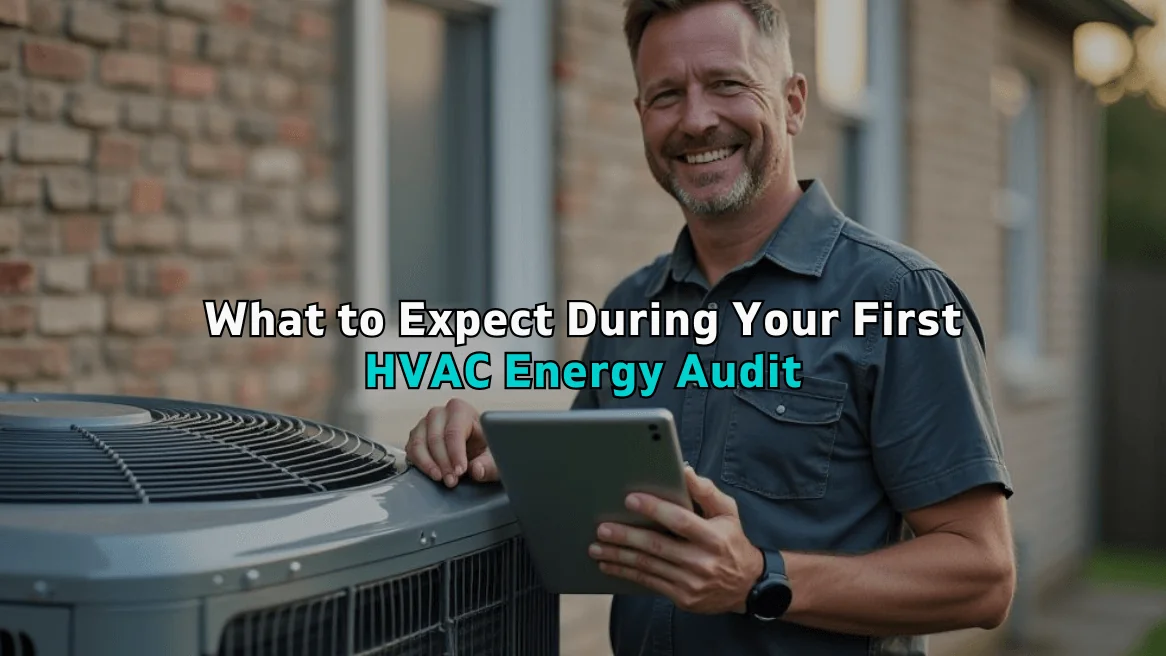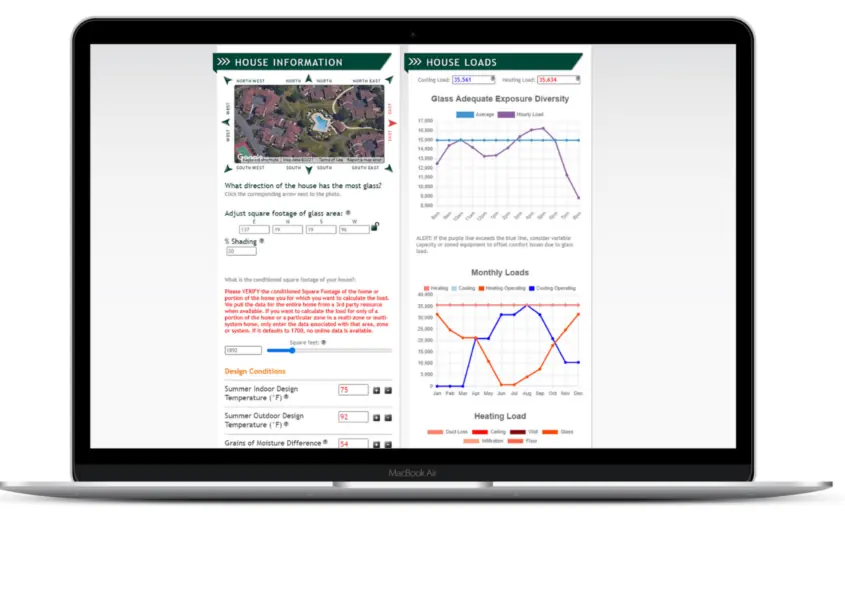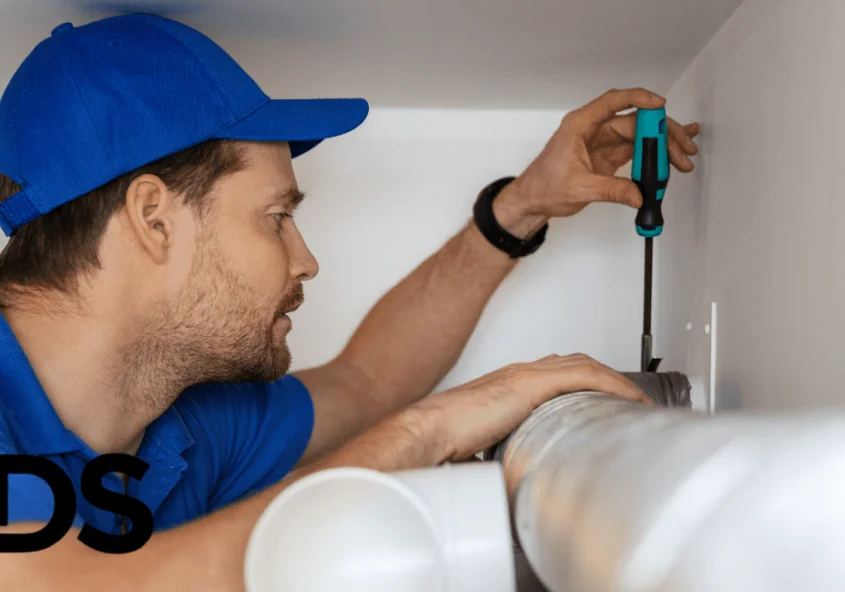Things to Expect During Your First HVAC Energy Audit
Undertaking an HVAC energy audit is one of the wisest decisions that property owners and building managers can make to reduce energy costs and enhance indoor comfort. Perhaps, some or all of your rooms are not of the same temperature, or your utility bills are continually increasing, or you simply want to know whether your HVAC system is as efficient as it is supposed to be. An energy audit provides you with the full overview of the situation.
This detailed review examines how efficiently your HVAC system uses energy, checks insulation and airflow, inspects ducts, and identifies potential issues that could waste your money and compromise your comfort.
This guide explains what your first HVAC energy audit will include, covers the items on an HVAC energy audit checklist, and explains how a professional HVAC energy audit differs from a regular home check.
What Is an HVAC Energy Audit?
An HVAC energy audit involves a comprehensive check of your heating, cooling, and air systems. The goal is to identify areas where energy is lost or where your system operates inefficiently. The audit examines the equipment you are operating and the covering of your building to enlighten the way the energy is used, spent or preserved.
The audit will provide you with valuable clues that will reduce the energy consumption, improve the performance of your HVAC system and minimize the utility expenses, without making the indoors less comfortable.
Why Do You Need an HVAC Energy Audit?
Your HVAC system may seem to be functioning properly, but issues may be lurking in the ducts, temperature controls, airflow, or insulation. An HVAC professional energy audit can help you:
- Find parts that work too hard or areas that perform poorly
- Spot air leaks and missing insulation
- Make temperature schedules and room controls work better
- Find ways to save energy
- Make equipment last longer with early maintenance
A homeowner might want an HVAC home energy audit, or a business building manager might need system improvements. Either way, an audit finds savings chances that regular maintenance often misses.
Read: How Regular HVAC Audits Can Improve Your System’s Lifespan
What to Expect: Step-by-Step Walkthrough of an HVAC Energy Audit
Each part of the audit process is explained here, so you know what to expect next.
1. Initial Consultation and Information Gathering
Your auditor begins by learning about your building, its history, and how it utilises energy before using any equipment. Have these items ready to discuss:
- Energy bills from the last 1 to 2 years
- Information about past HVAC repairs and service
- Problems with comfort like hot or cold areas or weak air flow
This first talk helps create an audit that fits your needs and building features.
2. Physical Inspection of HVAC Components
The auditor does a hands-on check of HVAC equipment during this step:
- Furnace and air handler: Looking for dirt buildup, how well burners work, and filter condition
- Air conditioner or heat pump: Inspecting coolant levels, condition of condenser coats, and the operation of the compressor
- Duct work: Seeking air leaks, loosened ducts, and blocked regions
- Thermostats: Checking where programmable or smart controls are placed and how they work
The auditor also checks if your system is the right size, as units that are too big or too small waste a lot of energy.
3. Air Leakage and Insulation Testing
Testing the building envelope ranks as one of the most critical audit parts. This seal prevents the mixing of interior air and exterior air.
Other instruments and tests that auditors apply include blower door tests, which quantify the extent of leakage of air through cracks, gaps, or poorly insulated doors and windows. Other tests might include:
- Heat cameras to find missing insulation
- Smoke tools to see air flow problems
- Pressure meters to test duct leaks
This information is included in your HVAC energy audit checklist to determine if your system is working harder than necessary.
4. System Performance Monitoring
Some auditors use monitoring devices to check how systems function in real-time. They can track:
- Air movement at supply and return vents
- Pressure readings inside ducts
- Temperature differences across system parts
This performance information helps find blockages or problems in specific building areas.
5. Evaluation of Controls and Automation
More homes and business buildings now use smart temperature controls, zone systems, and automatic controls.
During audits, technicians check:
- Do thermostats have efficient programming?
- Do zones get the proper heating and cooling amounts?
- Does the system use peak and off-peak settings to save energy?
Installation of proper automation can save unnecessary time running the system and can significantly save energy consumption.
6. Review of Ventilation and Air Quality
Energy savings should not hurt indoor air quality. Your auditor might check:
- Exhaust systems in kitchens and bathrooms
- Air intake and movement for ventilation
- Humidity levels, allergens, or CO2 amounts
Even energy-efficient buildings can result in health and comfort issues due to poor ventilation.
7. Analysis and Audit Report
After completing all tests and checks, the auditor compiles the findings into a detailed report. This document usually has:
- Overview of HVAC system conditions
- Energy use analysis
- Visual proof like photos and heat scans
- Suggestions ranked by cost and return on investment
- Possible savings from improvements or replacements
Hidden problems become clear at this point, and you can make decisions based on real data.
HVAC Energy Audit Checklist: What Should Be Included?
A good HVAC energy audit checklist contains:
- HVAC system age and efficiency
- Ductwork inspection and airflow measurements
- Blower door test and air leakage assessment
- Insulation quality check
- Thermostat and control evaluation
- Ventilation system inspection
- Real-time performance data (where applicable)
- Energy use patterns and utility review
- Upgrade or replacement suggestions
A complete checklist makes sure every energy performance factor gets checked.
Read: A Step-by-Step HVAC Audit Checklist for Contractors
How a Professional HVAC Energy Audit Differs from a DIY Assessment
DIY audits might include checking for drafts or looking at thermostat settings, but professional HVAC energy audits are much more detailed and scientific.
Key differences include:
| DIY Audit | Professional HVAC Audit |
| Basic visual inspection | Advanced diagnostic tools used |
| Limited to homeowner knowledge | Backed by HVAC engineering expertise |
| No formal testing | Includes blower door, thermal scans |
| General recommendations | Specific, ROI-based action plan |
A HVAC energy audit by a professional gives specific results rather than estimates.
After the Audit: What Happens Next?
After reviewing your audit report, you usually have several choices:
- Quick fixes like air sealing, filter changes, or thermostat reprogramming
- Medium-cost investments like duct sealing, insulation improvements, or control system upgrades
- Major upgrades like replacing an old furnace or adding zone systems
After a couple of years or so, most businesses and homeowners recover the cost of audit and even more through saving on energy and enhanced comfort.
How Often Should You Schedule an HVAC Energy Audit?
You should have an HVAC home energy audit every 3-5 years, or schedule one when:
- Energy bills suddenly increase
- Room temperatures become uneven
- Major renovations or additions are finished
- Your HVAC system reaches 10 years old
Business buildings should get yearly audits because their systems are more complex and get used more.
Conclusion
An energy audit for an HVAC system is more than a check-up. It is an aggressive strategy that saves money, improves performance, and extends the life of your system. A professional audit provides clear direction by identifying hidden leaks, enhancing airflow, and recommending high-return upgrades.
Energy Design Systems (EDS) specializes in top-quality HVAC energy audits supported by data, diagnostics, and years of HVAC performance knowledge. Our team does more than find problems – we fix them. We use AI-powered load calculations and fully integrated software solutions to bring modern energy efficiency approaches to both homeowners and business clients.
Want to control your HVAC energy performance? Let EDS show you where your system stands and where it can improve. Our customized audits and smart tools will help you find savings and comfort you never knew were possible.



